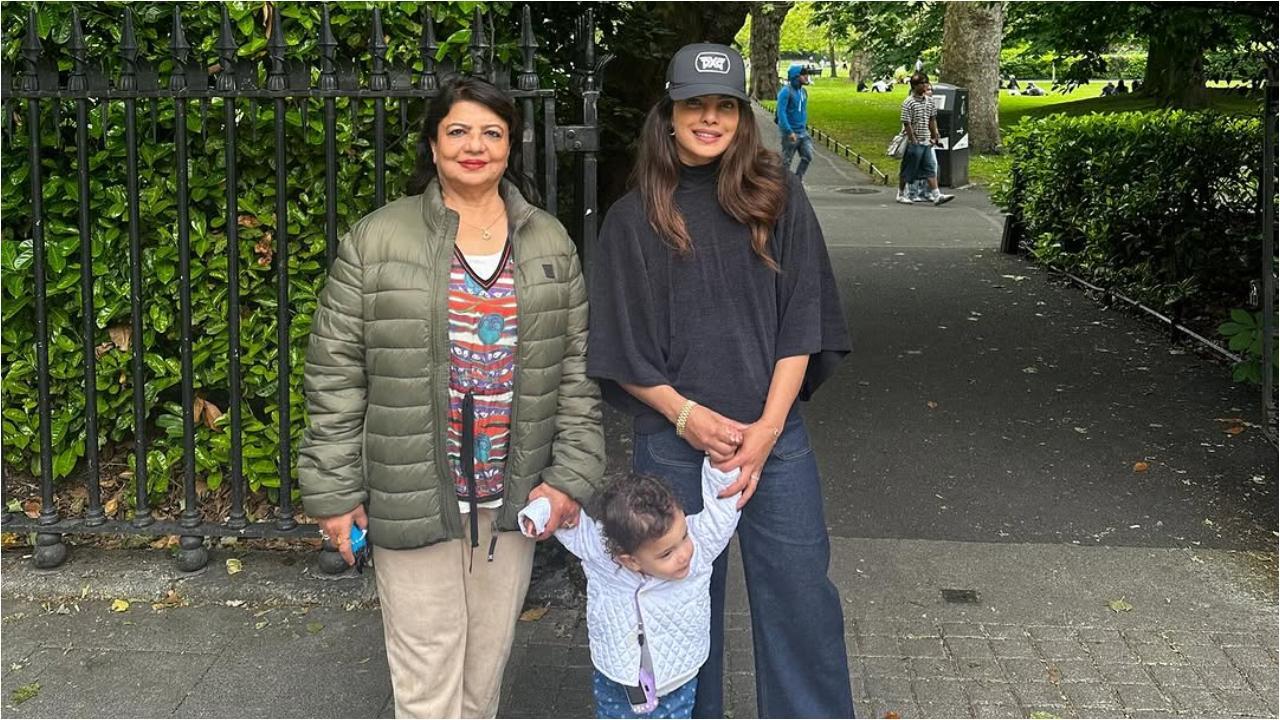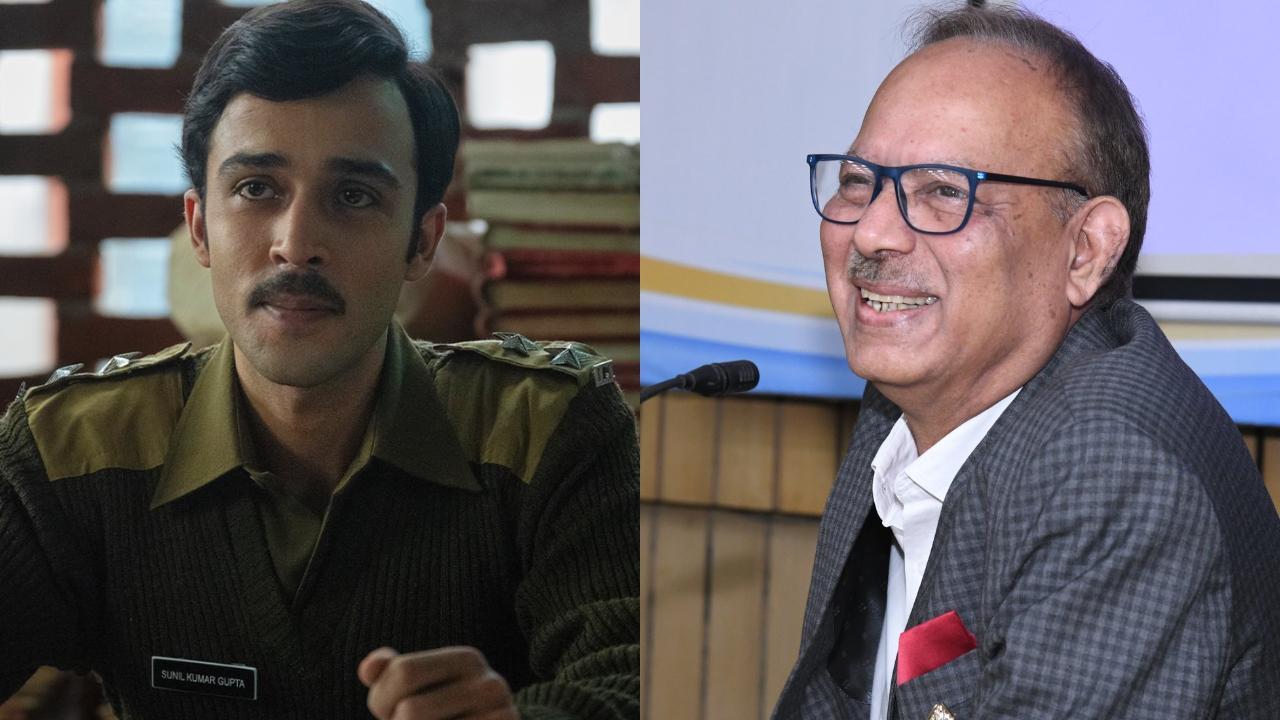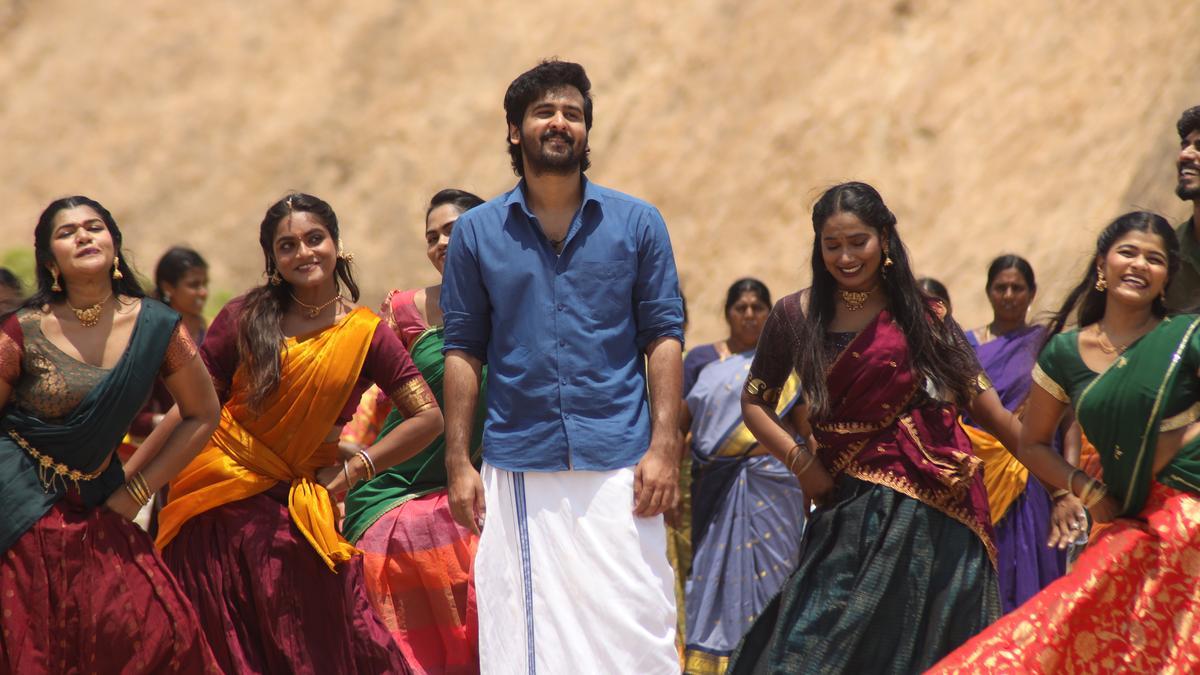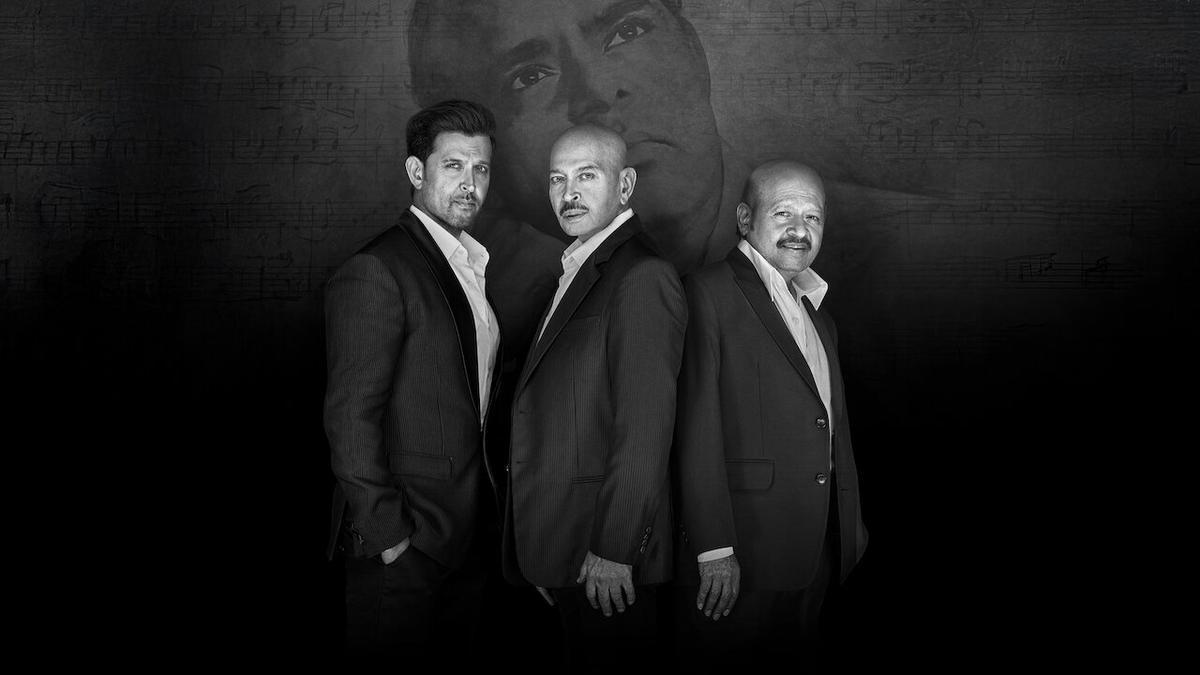
The visual story of ‘Nakshatra’ – a concert performed at Bangalore International Centre by violin duo Arun Ramamurthy and Trina Basu, reflected two musicians seated side by side on a gently lit stage, the aural narrative spanned a richly detailed, living canvas of music that could be as large as you wanted it to be. The music of Arun and Trina produced a now-you-see-them-now-you-don’t effect on their individual playing styles and musical backgrounds.
Bringing their unique sound from Brooklyn, New York, Arun Ramamurthy and Trina Basu captivated the audience in Bengaluru while on a family visit to India. Touring Kolkata and Bengaluru as a violin duo for the first time in India, they presented pieces from their debut album alongside other musical compositions. Their performance not only offered fresh visualizations of ancient musical traditions but also highlighted the transformative power of music education if it were to reach the same institutional status in India as it has in the West.
The concert opened with a composition in tribute to Lenapehoking, the land of the Lenape people who lived in harmony with nature before colonization. The composition, set in the popular raga Abheri, was inspired by Prospect Park in New York, a sanctuary where the only sounds during the pandemic were those of birds and ambulances. This piece set the tone for the evening, rooted in themes of ecological and ethical significance.
Following this, ‘Tempest’ took the stage, with its harmonies reflecting the serenity that follows a storm. Woven from the ragas Gowri Manohari and Vachaspati, it raised poignant questions about how music from varied cultural spaces can come together seamlessly. Another notable piece titled ‘Migration,’ set in Mohanam raga, resonated with the audience by drawing parallels to the journey their families undertook from Bengaluru and erstwhile Calcutta to the U.S.
Exploring the elements of nature and unpredictable weather patterns, the subsequent compositions left a lasting impression. Progressive motifs from raga Hemavati painted spirals in the Fibonacci sequence, while their harmonic arrangement of ‘Sri Kamalambike’ in Sree raga showcased how SRMP and MPNS notes can blend into a compounded musical delight. This reimagining of Muthuswami Dikshitar’s work recalled the history of the violin as a Western instrument adapted for Carnatic music by Dikshitar’s brother, Baluswami Dikshitar.
. Arun and Trina’s performance elevated this adaptation to new dimensions, merging American folk, Carnatic, Jazz, and film music into a shared musical vocabulary that highlighted their deep listening skills and respect for each other’s artistic expression.
Arun Ramamurthy and Trina Basu’s journey as musicians is both inspiring and insightful. Introduced in 2007 by Arun’s Carnatic music teacher, Mysore Manjunath, after Trina had spent a year training in India, they found themselves playing together in a local Carnatic ensemble named Akshara. This led to a “shared musical chemistry,” as Trina describes it, resulting in two years of intensive practice, discussions, and collaborations. By 2012, they began composing and performing as a duo, with the aim of creating music straight from the heart and pushing creative boundaries. Arun and Trina’s music is also a reflection of their commitment to addressing real-world issues.
Experimenting with elements and techniques across Indian raga/tala, Western chamber music, counterpoint, harmony, and folk traditions has provided them an expansive palette. “That is a great win for us!” says Trina. While Arun finds inspiration in the process of letting go and allowing their subconscious to guide the creative process, making music that is meaningful to them and their audience.
Balancing careers as professional musicians with independent projects, Arun and Trina have transformed their home into an office, rehearsal space, teaching studio, and family living area. Navigating the challenges of partnership and parenting, they strive to stay focused, organized, and patient with the pace of their evolving work. Despite these challenges, their music speaks of unrestrained dialogue between varied musical forms, devoid of censure or judgment.
Their performance at the Bangalore International Centre was not merely about showcasing their musical prowess but also about portraying music as a rich, evolving, and unifying force. The duo’s ability to seamlessly blend different musical traditions while addressing ecological and social issues left the audience in awe, providing a holistic auditory experience that was as expansive as it was intimate.
As seasoned musicians with a penchant for creative experimentation and deep emotional connections, Arun Ramamurthy and Trina Basu have set a new standard in the world of violin duets, manifesting their belief in music’s potential to transcend boundaries and speak to the heart.










